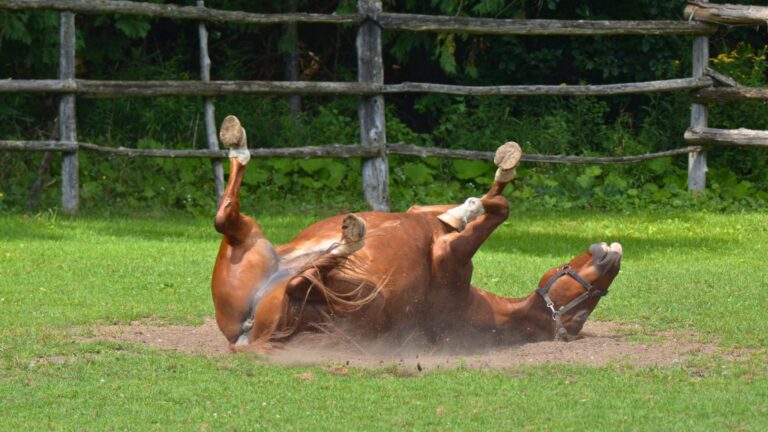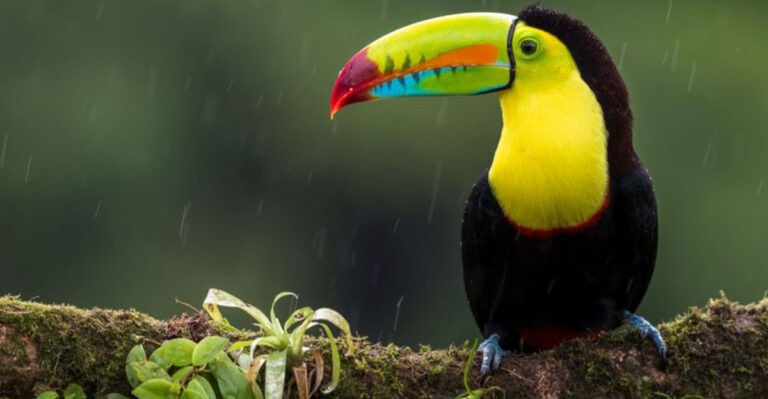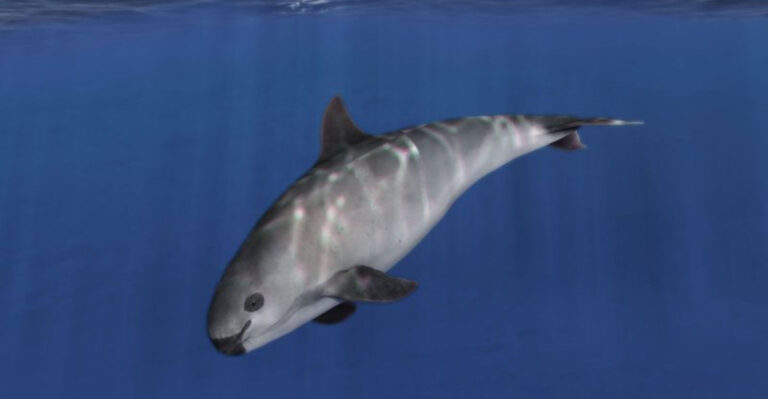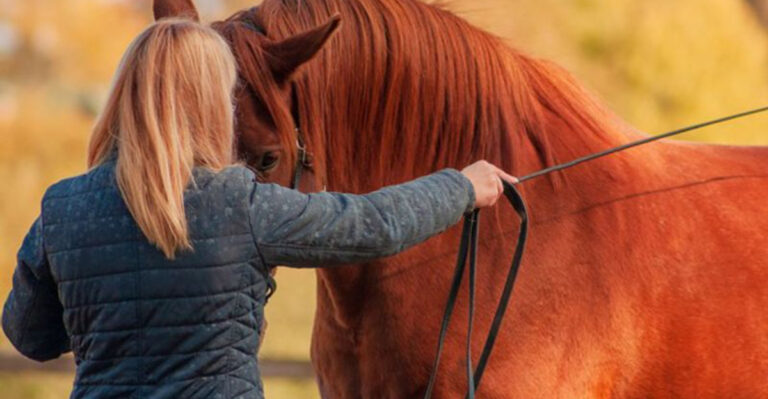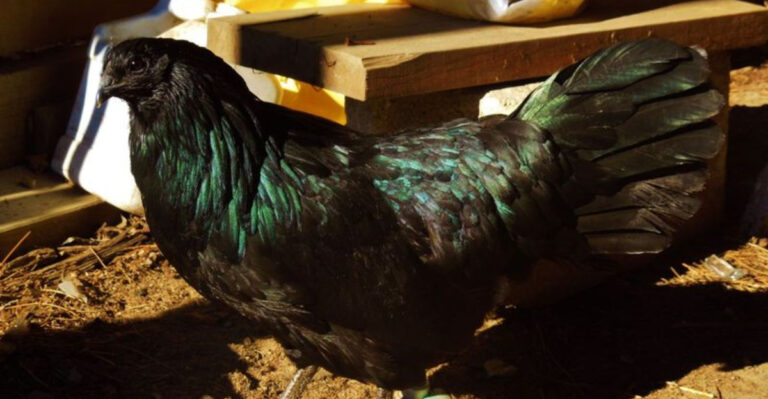Sea Dragon Vs. Seahorse: Two Unique Creatures Compared
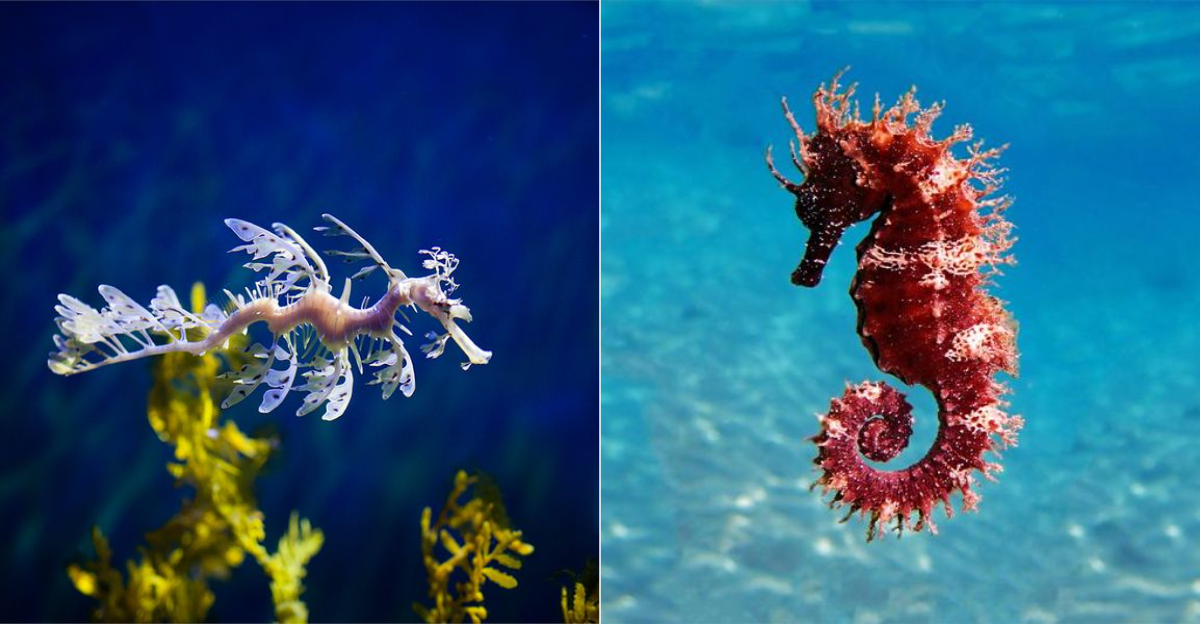
Beneath the ocean’s surface, two fascinating relatives swim with magical grace – sea dragons and seahorses. Though they might look like creatures from a fantasy book, these real-life marvels share a family tree but have evolved in surprisingly different ways. Let’s explore what makes each of these enchanting animals special and how they differ from each other.
1. Masters Of Disguise
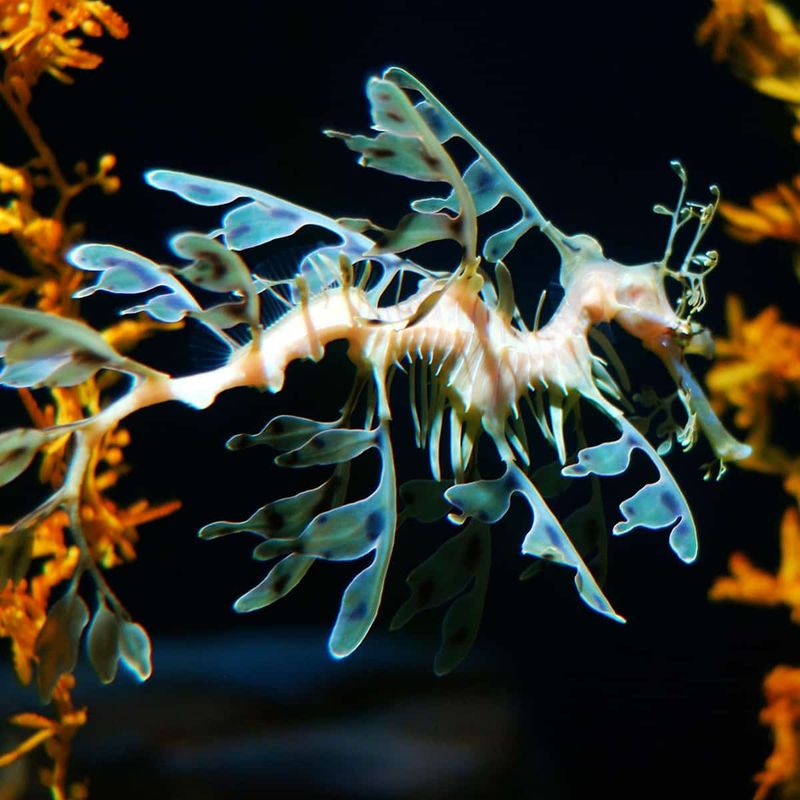
Leafy sea dragons take camouflage to an artistic level with elaborate leaf-like appendages that make them nearly invisible among seaweed forests. Their bodies feature flowing, plant-like protrusions.
Seahorses rely on simpler disguises, changing colors to match surroundings and having small skin filaments rather than the dramatic leafy extensions of their cousins.
2. Swimming Style Showdown
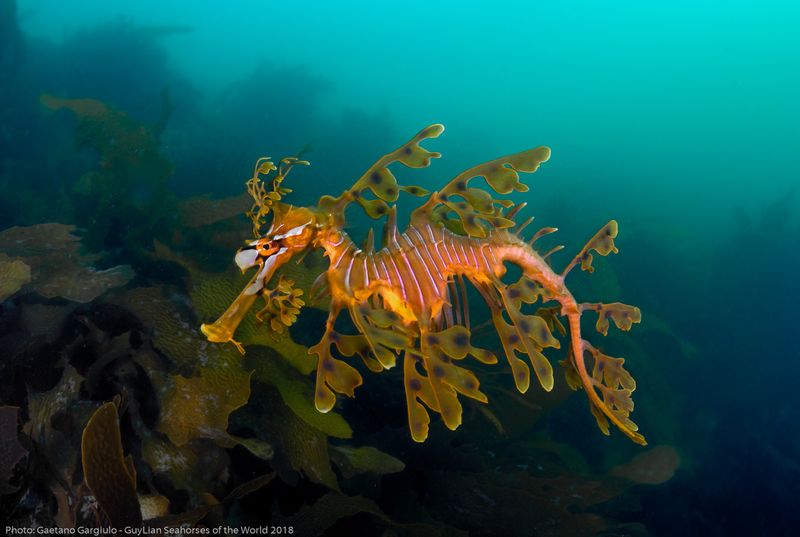
Watch a sea dragon glide effortlessly through water using almost invisible fin movements. They maintain a horizontal position, appearing to float rather than actively swim.
Seahorses, however, swim upright like tiny underwater horses. Their dorsal fin flutters rapidly at 30-70 beats per second, propelling them vertically through the water.
3. Size Matters
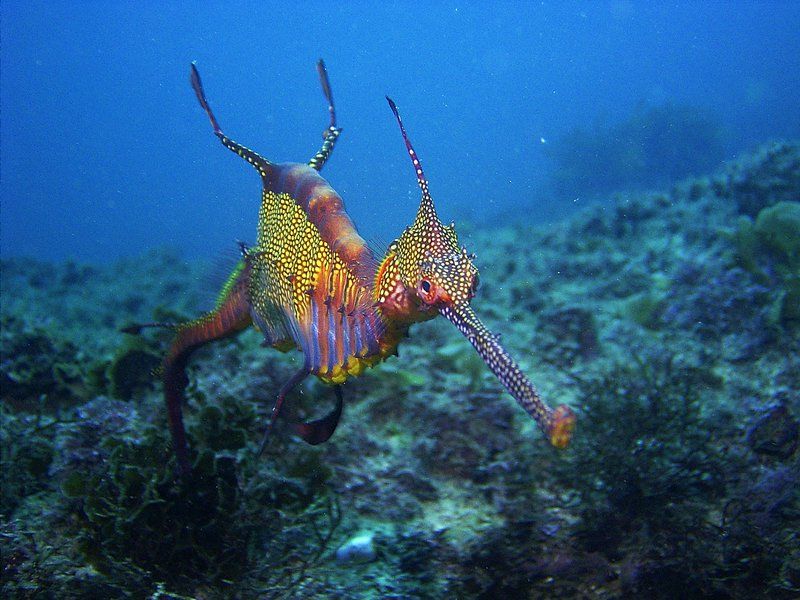
Stretching up to 18 inches long, weedy sea dragons are the giants in this family reunion. Their extended, slender bodies create an impressive silhouette against ocean vegetation.
Most seahorse species are compact travelers, typically measuring between 0.6-7 inches. This smaller size helps them navigate tight spaces between corals and seagrass.
4. Tail Tales
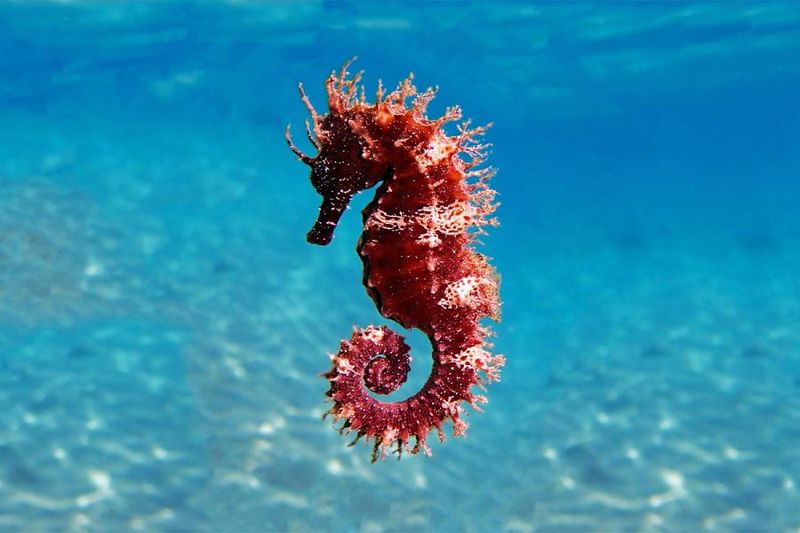
Seahorses have a clever advantage with their prehensile tails, which curl around seagrass or coral, keeping them securely anchored. This adaptation helps them stay put even in strong currents.
Sea dragons, on the other hand, lack this ability; their long, straight tails are used mainly for steering through the water. Drifting gracefully, they rely on camouflage rather than grip for survival in their underwater world.
5. Parenting Peculiarities
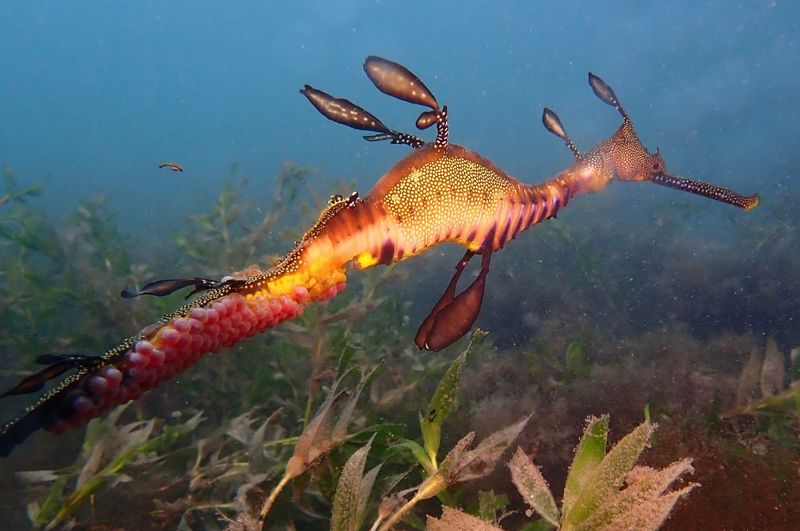
While both creatures feature male pregnancy, sea dragons carry fertilized eggs attached to the underside of their tails. The eggs remain exposed, receiving oxygen directly from the surrounding water.
Seahorse dads take protection further with specialized brood pouches resembling kangaroo pouches. These enclosed chambers shelter developing embryos while providing nutrients and oxygen.
6. Snack Attack Techniques
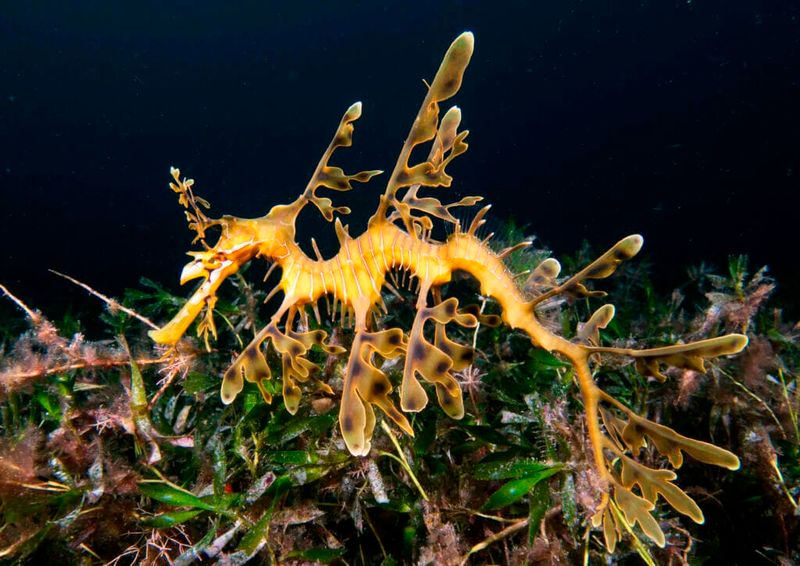
Sea dragons maintain their energy by eating almost nonstop, thanks to their lack of a true stomach. Drifting gracefully, they use their tubular snouts to suck up tiny crustaceans they encounter along the way.
Seahorses take a different approach, relying on ambush tactics as they cling to a perch. With eyes that move independently, they patiently scan for prey before striking with lightning speed.
7. Habitat Preferences
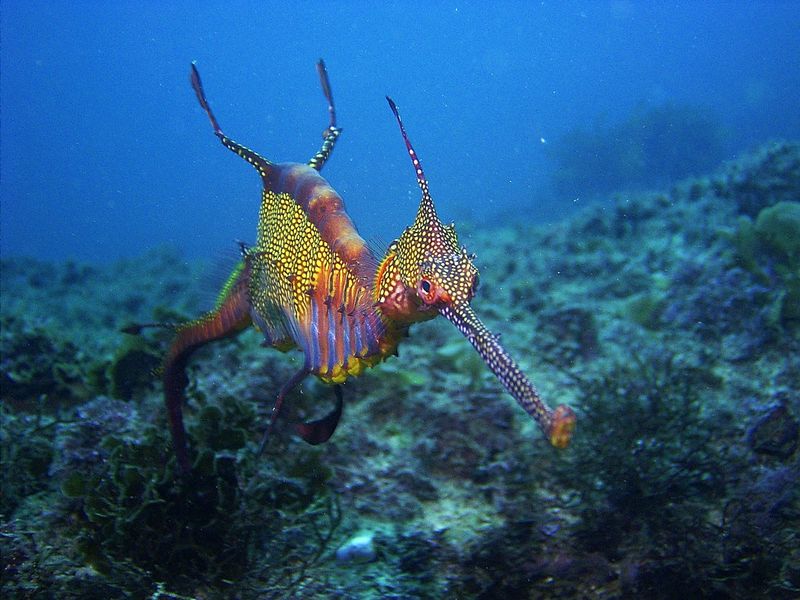
Home sweet home for sea dragons means temperate waters primarily around southern Australian coastlines. They thrive among kelp forests and seagrass meadows in these specific regions.
Seahorses show greater geographic diversity, inhabiting tropical and temperate coastal waters worldwide. From Caribbean coral reefs to Mediterranean seagrass beds, these adaptable creatures have colonized varied marine environments.
8. Conservation Status Contrast
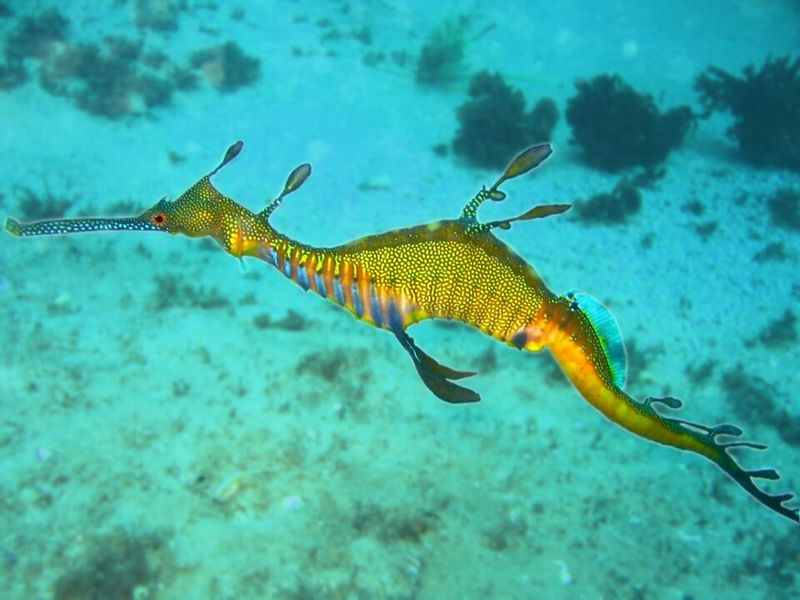
Facing significant threats, leafy sea dragons are classified as Near Threatened. Their limited range makes them particularly vulnerable to habitat destruction and collection for aquarium trade.
Many seahorse species fare even worse, with several appearing on endangered lists. Harvesting for traditional medicine claims millions annually, while habitat loss continues to shrink their populations worldwide.
9. Courtship Choreography
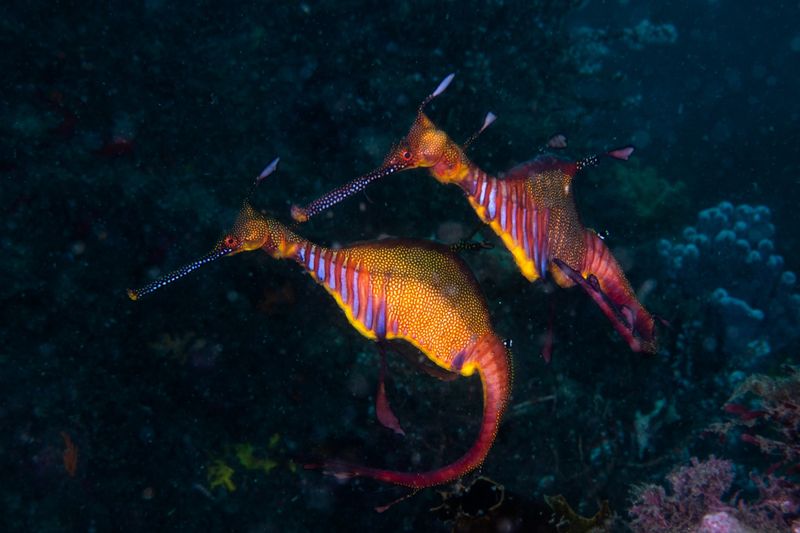
When romance blooms, sea dragons perform synchronized swimming displays that can last for days. Partners mirror each other’s movements in an elaborate underwater ballet before the female transfers her eggs.
Seahorses engage in daily greeting rituals regardless of breeding season. Their famous dance involves twining tails, changing colors, and spiraling together – sometimes for hours before the female deposits eggs.
10. Unique Fin Arrangements
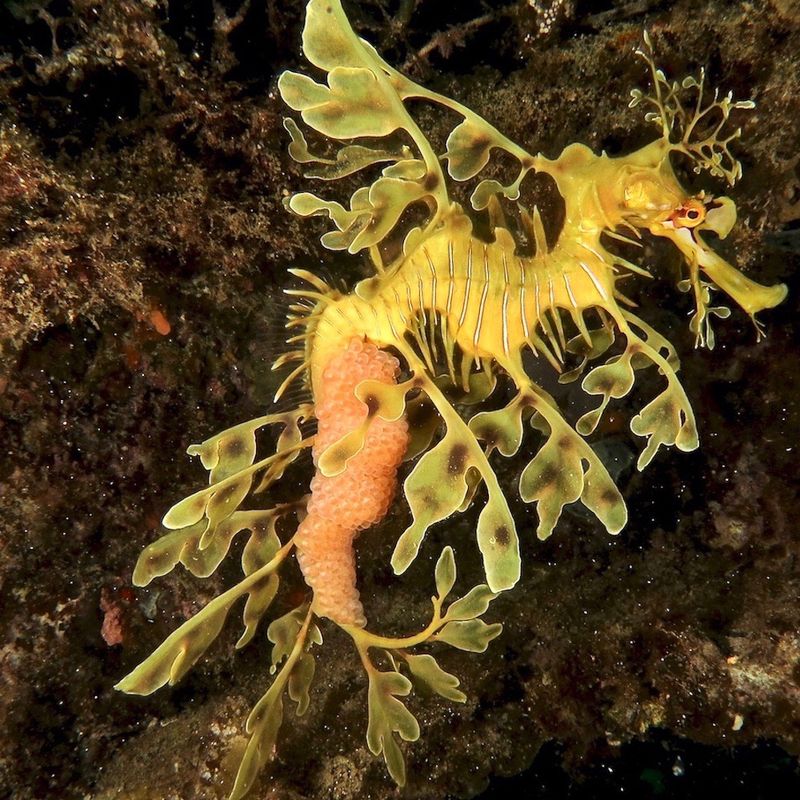
Nearly transparent fins give sea dragons an almost ghostly appearance, with a dorsal fin near the tail and tiny pectoral fins at the neck. These delicate propellers allow them to glide effortlessly, creating an illusion of drifting rather than swimming.
Seahorses, by contrast, showcase a more traditional fin setup – one dorsal, two pectoral, and an anal fin. Rapid fin movements propel them forward with bursts of energy, a sharp contrast to the sea dragon’s subtle motion.
11. Color Palette Possibilities
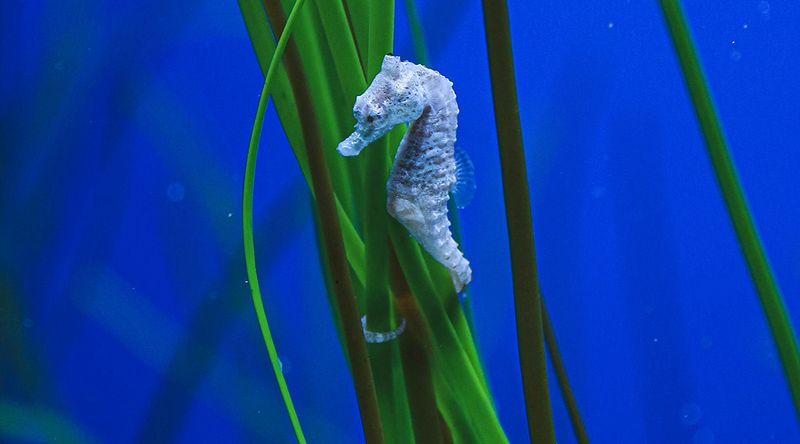
Sea dragons wear colors that perfectly match their environments, with leafy varieties glowing in olive-yellow shades and weedy sea dragons flaunting reddish tones with purple highlights. These hues remain fixed, blending seamlessly with surrounding seaweed or coral.
When it comes to seahorses, they possess a remarkable ability to change colors rapidly. Shades can shift between bright yellows, reds, purples, and more for camouflage, communication, or courtship – sometimes in mere seconds.
12. Snout Structure Specifics
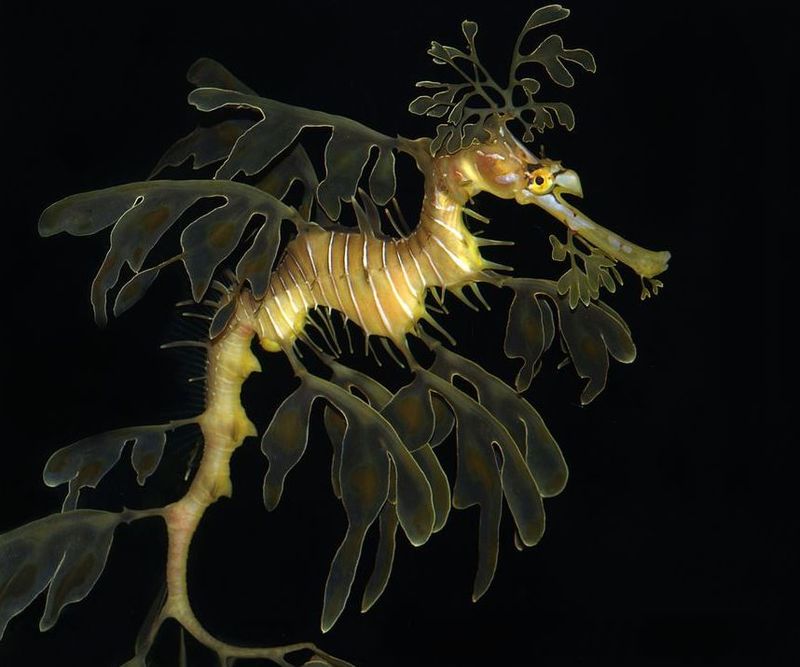
Equipped with longer, more slender snouts, sea dragons can reach prey hiding deeper in crevices. Their elongated feeding tubes function like precision straws for extracting tiny crustaceans.
Seahorses typically sport shorter, thicker snouts proportionate to their compact bodies. This design works perfectly for their hunting style of quick strikes at passing prey.
13. Aquarium Adaptability
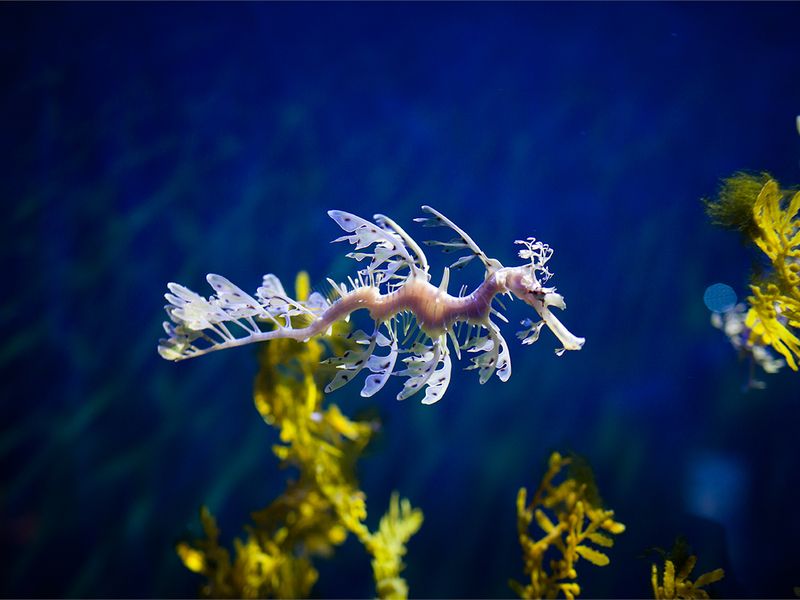
Notoriously challenging to keep in captivity, sea dragons require specialized care with large tanks mimicking wild conditions. Few facilities successfully maintain them, and breeding in captivity remains extremely rare.
While still demanding, seahorses adapt better to aquarium life when provided proper conditions. Several species breed regularly in captivity, making them more accessible for conservation programs and home enthusiasts.
14. Population Density Differences
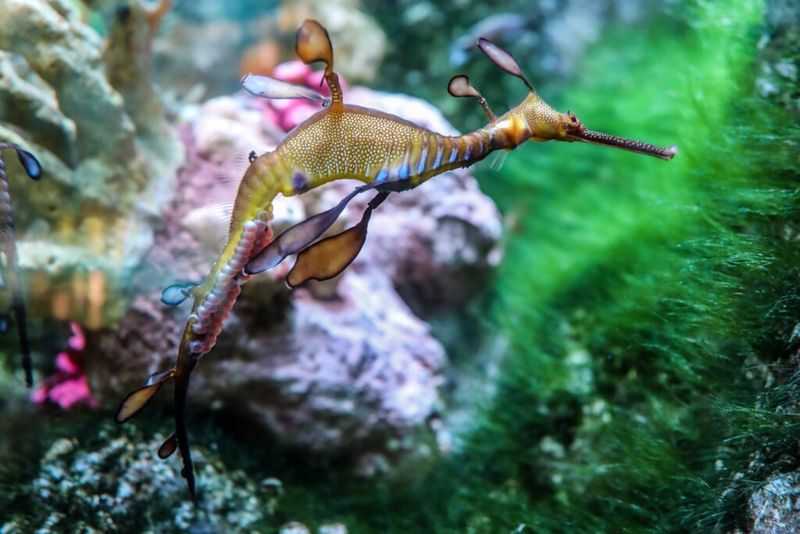
Solitary by nature, sea dragons rarely gather in groups larger than pairs during breeding season. Their sparse distribution throughout their range reflects their individualistic lifestyle.
Seahorses often form small communities in suitable habitats. While not schooling fish, they frequently live in loose groups called “herds,” with multiple mated pairs sharing prime territory among protective structures.
15. Lifespan Longevity
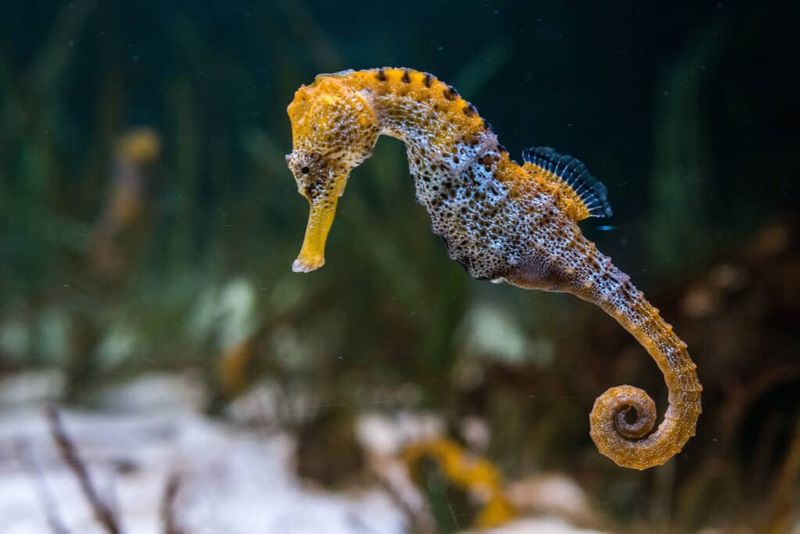
Sea dragons remain shrouded in mystery, with their exact lifespan still uncertain. Experts believe they may live for 5-7 years in the wild under ideal conditions, but precise data is limited.
Seahorses, by contrast, have lifespans that vary widely depending on the species. Smaller types may only live for 1-2 years, while larger seahorses can reach ages of 4-5 years, often maturing within just a few months.

